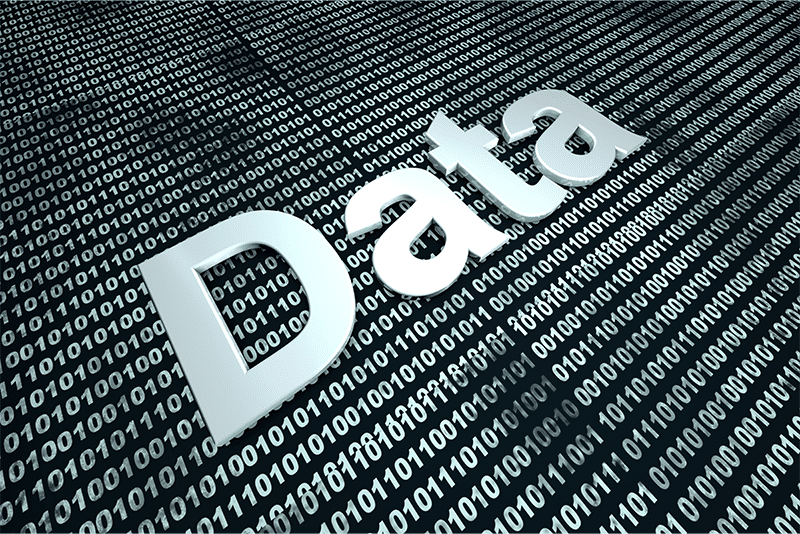Data processing is a crucial activity that transforms raw data into actionable insights, driving progress in various industries. Simply put, processing the large volumes of raw data that organizations collect transforms it into actionable insights. As data continues to grow in volume and complexity, efficient and effective data processing services are playing a key role in harnessing the true power of data.
Why Data Processing is Critical
Raw data, in its unprocessed form, is a vast collection of numbers, text, and statistics. Data processing involves cleaning, organizing, and structuring this data into meaningful information. This allows organizations to
- extract insights, trends, and patterns for making informed decisions
- ensure data accuracy and reliability
- perform predictive analytics and anticipate future trends, customer behavior, and potential issues
- improve risk management and strategic planning
- ensure compliance with data protection regulations
Batch and Stream Processing
There are two ways of processing data: batch processing and stream processing, each with its own set of characteristics, use cases, and advantages. The choice between batch and stream processing depends on your specific requirements and goals of your data processing task. Keep in mind that each approach has its own benefits and limitations.
Batch processing involves processing data in chunks or batches. It involves collecting, processing, and storing a group of data elements together before moving on to the next batch.
Stream processing, on the other hand, involves processing and analyzing data in real-time or near-real-time, as it is generated. Data is processed as individual records or small chunks and is continuously ingested and analyzed.
Let’ s take a look at what these methods involve and their use cases.
Batch Processing
Batch processing is ideal for large, complex data sets that have been collected and stored over a period of time and require detailed analysis. It begins with collecting a set of data elements that need to be processed. The data may need to be cleaned and transformed into a format suitable for processing. A batch job is created which includes instructions for data processing, computations, or other tasks. Batch jobs are scheduled to run at specific times or intervals. The data is processed at the scheduled time according to the predefined instructions. The batch job generates output data or reports, which are then used for generating reports, updating databases, or feeding downstream systems.
With batch processing:
- A storage option is needed to load the data, such as a database or a file system
- Data records are grouped together and processed as a batch
- Results are not available in real-time and are delivered at regular intervals
Batch processing is commonly used in many domains, including finance, manufacturing, data warehousing, and reporting, where processing large volumes of data efficiently and reliably is essential for business operations and decision-making. Use cases include:
- Tasks that do not require real-time data analysis or decision-making
- Tasks that require significant computational resources
- Historical data analysis and archiving
- ETL (extract, transform, load) processes (data is extracted from multiple sources, transformed, and then loaded into a data warehouse)
- Report generation (e.g., monthly financials, payroll, and billing systems)
- Analytics to gain insights from data (e.g., audience segmentation)
- Machine learning or data mining (e.g., training a neural network to make accurate predictions or classifications based on a dataset)
Stream Processing
This approach, as explained earlier, involves the real-time or near-real-time analysis and manipulation of data as it flows through a system. Unlike batch processing, which collects and processes data in chunks or batches, stream processing handles data as individual records or small chunks, continuously ingesting and analyzing data as it arrives. Stream processing is crucial for applications where low latency, real-time insights, and immediate actions based on incoming data are essential, such as in real-time analytics, monitoring, and event-driven architectures. It enables organizations to make quick, data-driven decisions and respond to changing conditions as they happen.
Stream processing is primarily employed for tasks demanding real-time data analysis and decision-making. It finds applications in various domains, including:
- Sensor data processing: For tasks like real-time traffic monitoring.
- Log data analysis: To identify anomalies or intrusions in log data.
- Recommendation engines: Providing real-time product suggestions.
- IoT applications: Detecting anomalies in sensor data from Internet of Things devices.
- Fraud detection: Used to thwart fraudulent activities such as credit card fraud and unauthorized transactions.
- Clickstream analysis: Real-time analytics for identifying user behavior patterns, particularly in customer service systems.
- Financial trading and risk management: Identifying arbitrage opportunities and managing financial risks.
- Machine learning and AI applications: Especially valuable for predictive analytics, where historical and real-time data sources need to be compared and analyzed to make informed decisions.
Batch and Stream Processing: Key Takeaways
Batch processing typically has higher latency than stream processing. As it involves collecting a significant amount of data before processing it, it can lead to delays in data analysis. Conversely, stream processing is characterized by low latency. This approach is designed for applications where immediate insights or actions based on incoming data are critical.
Batch processing is essential for tasks that involve analyzing historical data or running large-scale computations on static datasets. It promotes optimal resource utilization by scheduling jobs during non-peak hours. Batch processing provides a controlled and systematic approach for data transformations that involve multiple steps or require extensive data cleansing.
Stream processing is preferred when real-time or near-real-time insights and actions are critical. It is designed for scalability and can handle large volumes of data, which is important for applications with dynamic and fluctuating workloads.
Role of Data Processing Services
Choosing between batch and stream processing depends on the specific requirements and goals of your data processing task. While stream processing is gaining popularity in today’s era of real-time data-driven decision-making, batch processing remains essential when you’re dealing with historical analysis and resource-efficient data processing. Many modern data systems incorporate both batch and stream processing components to harness the strengths of each approach. Ultimately, your decision between the two depends on the unique requirements of the industry you serve.
Regardless of the approach, investing in data processing services can ensure that your data is processed accurately and securely. This support covers a wide range of tasks, including data entry services, data cleaning, data transformation, data analysis, and data visualization. Partnering with an expert can ensure conversion, manipulation, and analysis of your raw data into meaningful information.
Know how we can help you unlock the true potential of your data!




